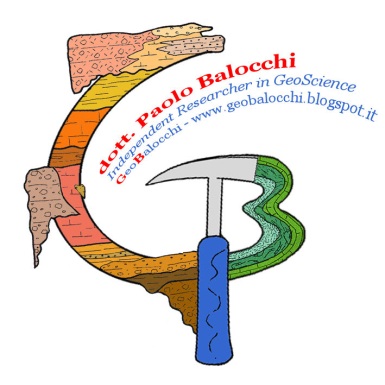
Click on course titles and dates for more information. (The website is being updated and migrated to a new location. Some links are temporarily incomplete. Information will be supplied by request through the contact form or sending an email to wwlittle@protonmail.com.)
The following field courses are available upon request:
Fundamental Concepts and Principles of Sequence Stratigraphy
Constructing and Adapting Realistic Facies Models: A Process Sedimentology Approach
Sequence Stratigraphy Field Camp: The Book Cliffs, Utah
Advanced Field Methods (Field Camp): Beaverhead Mountains, Idaho
Introductory Field Methods: Rocky Mountain Region of Idaho, Wyoming, and Montana
Geologic Field Camp: Cape Fold and Thrust Belt, South Africa
Upcoming Training Courses & Projects

Schedule for 2024:
• May 6 – 11 (Six-day course)
• May 15 – 17 (Five-day course – reserved for SCA)
• May 20 – June 8 (SDSMT field camp)
• September 9 – 14 (Six-day course)
• October 7 – 11 (Five-day course – reserved for SCA)
Contact and registration: information@wwlittle.com
Price:
• Professional: Six-day $3700; Three-day $2000
• Student: Six-day $1800; Three-day $1000
• SDSMT field camp: 20 days $4695
• Contact for group, day, and hardship rates.
Includes tuition, guidebook, hotel, lunches, and field
transportation
Who Should Attend:
This course is designed for petroleum geologists, geophysicists, and engineers who have a basic understanding of depositional systems and stratigraphic principles but desire a stronger working knowledge of sequence stratigraphy, based on a hands-on field experience.
Course Description:
The Book Cliffs of Utah have become the premier locality globally for field teaching of sequence stratigraphy. Continuous, well-exposed and easily-accessible outcrops make it possible to analyze facies relationships of stratigraphic sequences in great detail, both in terms of lateral variation (systems tracts) and vertical stacking patterns (parasequences). Most significant clastic depositional systems are represented, including meandering, braided, and anastomosed fluvial; fluvially- and wave-dominated deltas; transgressive and regressive shorefaces, tidally-dominated estuaries, and deep-water mudstones. This makes the Book Cliffs an excellent classroom to study the interrelationship between eustatic and tectonic development of accommodation space and subsequent filling by clastic sediment.
The Book Cliffs region is often cited as an analog for subsurface exploration, particularly in foreland basins, and sequence stratigraphy has become one of the leading methods for correlating and mapping depositional packages, leading to significant discoveries of petroleum in fields that had been abandoned, as well as new discoveries. To that end, this course is directly applicable to the exploration, characterization, simulation, and development of petroleum reservoirs. Specifically, this course gives participants an opportunity to view sequence stratigraphic features directly in outcrop, giving a better perspective when making similar interpretations based on cores, logs, and seismic sections. This course would be particularly valuable to geologists who have had limited exposure to real rock bodies. The course
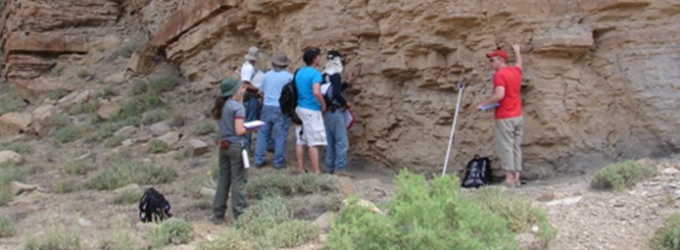
Education & Training
LGC offers professional training both domestically and internationally through in-person (at client-preferred localities) and remote formats. Courses are tailored to client specifications. New client-specific courses and field trips will be developed by request.
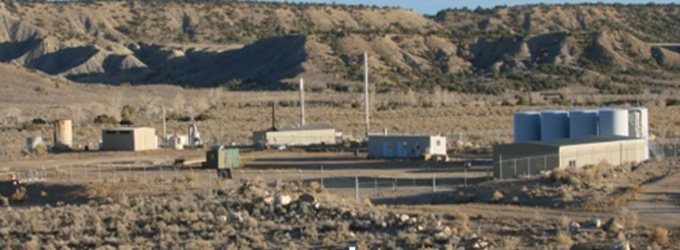
Consulting
LGC, together with partnering organizations, provides professional surface and subsurface consulting services ranging from outcrop studies and geological mapping to core description of sedimentary, igneous, and metamorphic systems and thin-section petrographic analyses. Past and current clients include hydrocarbon, coal, precious metal mining, and environmental remediation companies and agencies.
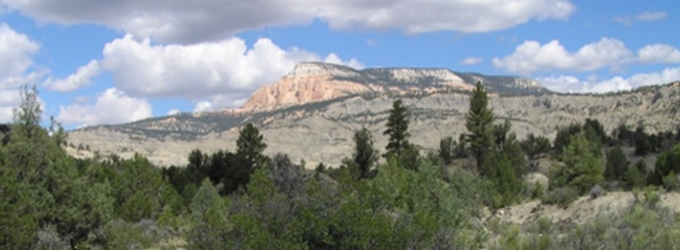
Research
Scholarly research activities focus on regional correlation of terrestrial strata in tectonically active areas, application of sequence stratigraphy to terrestrial deposits, distinguishing the relative importance of eustasy and tectonics in the development of terrestrial sequences, base-level controls on fluvial geomorphology, and response of foreland basin fluvial systems to the initiation and development of Sevier- and Laramide-style uplifts.
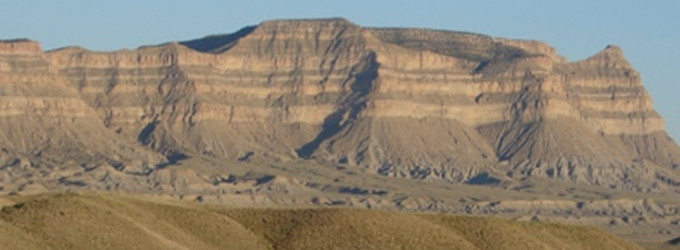
Projects & Resources
Over a highly varied career spanning 40+ years in academia, industry, and government agencies, tens of thousands of photographs and a few hundred videos have been collected and organized by topic as an academic instructional resource.












